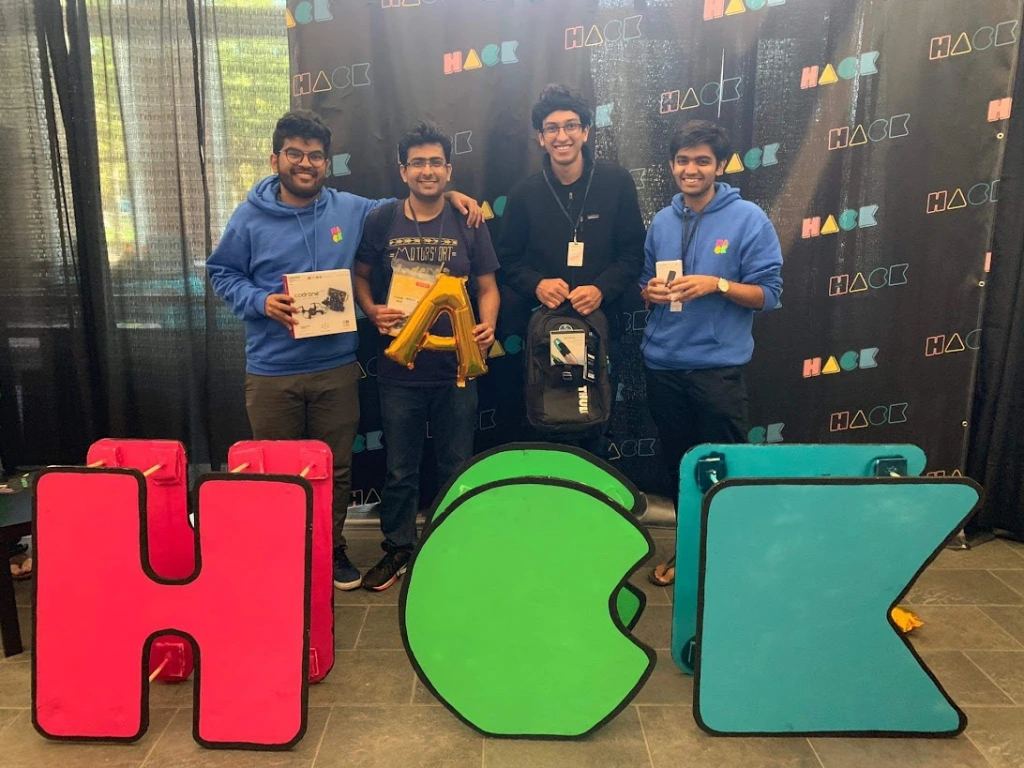How to: Travel to (and win) HackMIT from India
Oddly specific advice that no one requested
June 8, 2024
No, kidding. A grand total of 5 people have – over the years – indeed reached out and asked me to let them know how I managed to get to HackMIT back in 2019 as an engineering student in India. Thus, I thought I'd write out a small guide (clearly I love writing about hackathon wins on this blog) I could share in case this extremely frequent request came my way again.

First, the context: a hackathon is a 24-36 hour event where groups of college students get together to build things based on prompts provided by companies which sponsor various prizes. HackMIT is a hackathon conducted at the Massachusetts Institute of Technology (MIT) which is generally considered one of the prestigious ones in the circuit.
To be able to compete, HackMIT usually has an online competition – an online cryptic hunt of sorts – which they use to filter out applications. A massive stroke of luck meant that one of my friends managed to get through this online competition, and thus won a ticket to bring his team into HackMIT. So, the first hack is to clearly have good friends in the right places.
Following that, the next step was to somehow cobble together some kind of financial support to be able to travel to the US as a broke college student. Here, what worked was simply a higher than average audacity. I've grown up believing in the power of asking for things, and so I did: I mailed both the administration at my college and MIT asking for financial support to travel. Surprisingly, both obliged. The trick, therefore, is to ask. However, ask competently. The mail I sent to MIT was concise and clear, referring to their financial aid policies. The application I made to my own college was formally written with my circumstances neatly explained and my request plainly outlined. When you ask with competence, you often receive.
We won first place at the actual event in one of the 12-odd different tracks they had. I think a combination of not giving up in the face of seemingly insurmountable odds, choosing tracks correctly and prioritising correctly while building helped us get there. The first was perhaps due to the fact that we were all okay with any outcome: it did not matter much to us if we did not win, and merely building what we wanted to build was incentive enough to continue. The second and third came with experience: choosing a track requires balancing one's strengths with a realistic assessment of one's position amongst the competition in the category. The more you compete, the more you are able to perfect your sense of where you stand amongst the competition.
Finally, prioritising features that look good while giving a demo and allow an impression of completeness to form on the judges are the most important. This, again, is honed with time – the more you build, the more you understand what impresses people, and how long things take to build.
If you're interested, here's more on what we built, and more travel writing about that trip and the city of Cambridge at large.

Hope this helps!